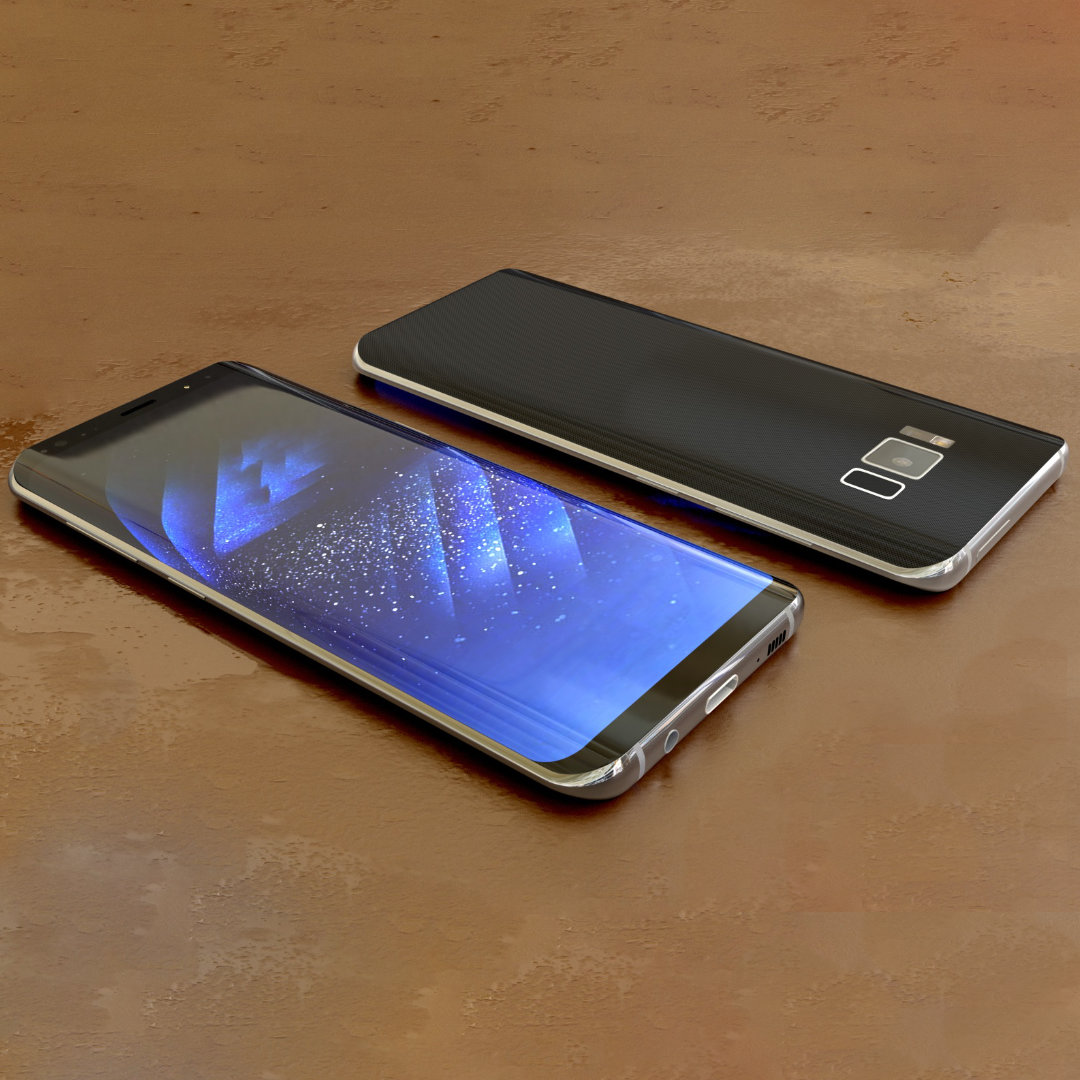Cellphones: Functions, Choices, and Ongoing Trends
Cellphones are central to modern life, combining communication, photography, navigation, and computing in a pocket-sized device. This article explains how contemporary devices work, what to look for when choosing one, and how the ecosystem around brands and platforms affects software, repairs, and local services. It also highlights practical considerations for battery life, cameras, connectivity, and privacy without assuming any single model or brand is superior.

What defines a modern smartphone?
A smartphone today is more than just voice and text; it integrates processor speed, memory, cameras, sensors, and software into a unified platform. Key elements include a multi-core processor for multitasking, sufficient RAM and storage, a high-quality display, and a camera system tuned for different lighting conditions. Security features such as biometric unlock, regular software updates, and app permission controls are essential. The balance of hardware and software determines real-world performance, battery endurance, and how long a device remains useful through software support.
How does Apple shape cellphone ecosystems?
Apple has had a visible influence on how an integrated ecosystem is built, from hardware and operating system design to app distribution and accessory standards. The iPhone is often used as an example of vertical integration where hardware, iOS updates, and the App Store are tightly managed. That approach affects how users receive updates, how third-party apps are vetted, and how accessories are certified. While the Apple model emphasizes consistency and long-term software support, other manufacturers prioritize openness, customization, or modularity—trade-offs consumers should weigh.
What role does the iPhone play in software updates?
The iPhone often receives software updates on a predictable schedule, which can extend a device’s useful life by delivering features, security patches, and bug fixes. Regular updates can also introduce new privacy controls and performance optimizations. When evaluating any phone, consider the vendor’s track record for updates and how long major and minor releases are provided. Devices that receive frequent security patches help protect personal data and maintain app compatibility, which matters for users who rely on their phones for sensitive tasks like banking and identity verification.
Which mobile technologies affect connectivity and performance?
Mobile devices rely on several evolving technologies: 5G and LTE for cellular data, Wi‑Fi standards (Wi‑Fi 6/6E), Bluetooth for peripherals, and GNSS for location services. Processor architecture, modem integration, and thermal design influence how well a phone performs under sustained loads like gaming or video streaming. Emerging technologies—such as more advanced machine learning accelerators, improved image signal processors, and power-efficient displays—can change the user experience without altering form factor. When comparing devices, look at supported bands, Wi‑Fi and Bluetooth versions, and chipset capabilities to match connectivity needs.
Which mobile features matter most for everyday use?
For daily use, prioritize battery life, camera versatility, software stability, and repairability. Battery capacity, coupled with software power management, determines whether a device lasts a full day under typical use. Camera systems with optical stabilization and multiple focal lengths give more flexibility than a single high‑megapixel sensor. Storage options and cloud syncing affect how you manage photos and files. Consider how easy it is to access local services for repairs or screen replacements in your area, and whether official or independent repair shops honor warranties or offer certified parts.
Conclusion
Cellphones have matured into multi-purpose tools shaped by hardware, software, and service ecosystems. Choosing a device means balancing performance, longevity, software update policies, and the availability of local services for support or repairs. Keep an eye on connectivity standards and battery behavior to match a phone to your daily routine, and consider vendor update practices if long-term security and compatibility are priorities. Prices and individual needs vary, so comparing specific models against these factors will help identify the right device for you.





